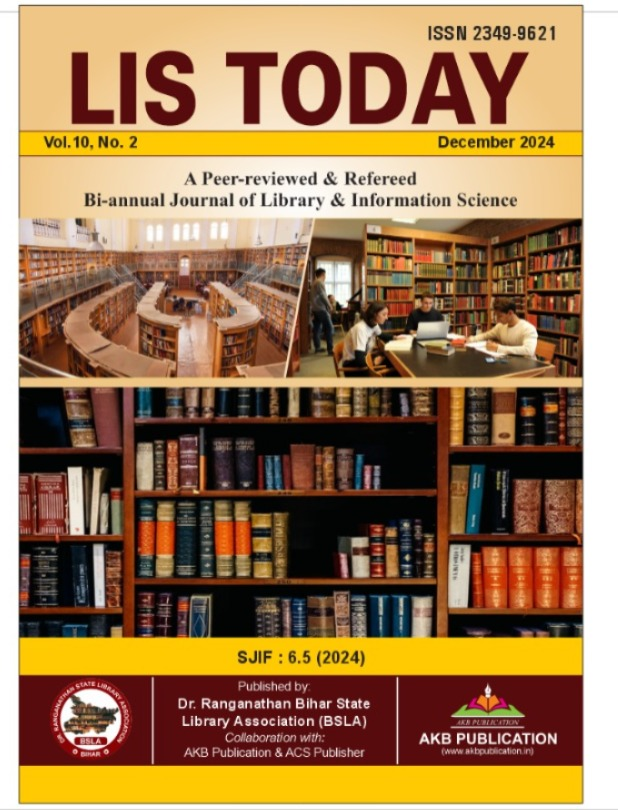DIGITAL REPOSITORIES: MANAGING, STORING AND DISSEMINATING DIGITAL CONTENT
Keywords:
Digital Repositories, Preservation, Metadata, BlockchainAbstract
Digital repositories have become indispensable platforms for managing, storing, and disseminating digital content in our increasingly digitized world. These repositories serve as virtual archives, ensuring long-term access to a wide range of digital materials, including scholarly articles, research data, audiovisual media, and more. This article provides an overview of digital repositories, their definition, purpose, and various types. It explores the historical background of their development, driven by the need to preserve digital information and ensure its availability. The article also highlights the key features and components of modern digital repositories, including storage systems, metadata frameworks, user interfaces, and search functionalities. Preservation strategies are discussed, emphasizing the importance of safeguarding digital content from degradation and technological changes. Challenges related to preservation, such as file formats, data integrity, metadata consistency, and long term storage costs, are examined, along with strategies to address them. Access and discovery in digital repositories are explored, focusing on user-friendly interfaces, advanced search functionalities, and metadata cataloging. Legal and ethical considerations, including intellectual property rights, privacy, and security, are discussed to ensure compliance and build trust among users. The article concludes by highlighting future trends and innovations in digital repositories, such as the integration of artificial intelligence, improved semantic search capabilities, and the adoption of blockchain technology. Digital repositories play a vital role in the development, preservation, and accessibility of digital content, and overcoming the challenges they face will ensure their continued value as invaluable resources for generations to come.
References
Aminu Umar, M., Musa, S., & Aliyu, A. (2014). Institutional Digital Repositories in Nigerian: Issues and Challenges. IOSR Journal of Humanities and Social Science, 19(1), 16–21. https://doi.org/10.9790/0837-191111621
∙ He, L., & Nahar, V. (2016). Reuse of Scientific Data in Academic Publications : an investigation of Dryad Digital Repository.
∙ Jantz, R., & Giarlo, M. J. (2005). Digital preservation architecture and technology
for trusted digital repositories. D-Lib Magazine, 11(6), 135–147. https://doi.org/10.1045/june2005-jantz
∙ Loan, F. A. (2014). Open access digital repositories in Asia: Current status and future prospects. International Journal of Information Science and Management, 12(2), 35–45.
∙ Roy, B. K., Mukhopadhyay, P., & Biswas, S. C. (2012). An analytical study of institutional digital repositories in India. Library Philosophy and Practice, 2012(FEB).
∙ Vrana, R. (2011). Digital repositories and the future of preservation and use of scientific knowledge. Informatologia, 44(1), 55–62.
∙ Yakel, E., Faniel, I. M., Kriesberg, A., & Yoon, A. (2013). Trust in Digital Repositories. International Journal of Digital Curation, 8(1), 143–156. https://doi.org/10.2218/ijdc.v8i1.251
∙ Zuccala, A., Oppenheim, C., & Dhiensa, R. (2008). Managing and evaluating digital repositories. Information Research. 13 (1). http://informationr.net/ir/13-
1/paper333.html

